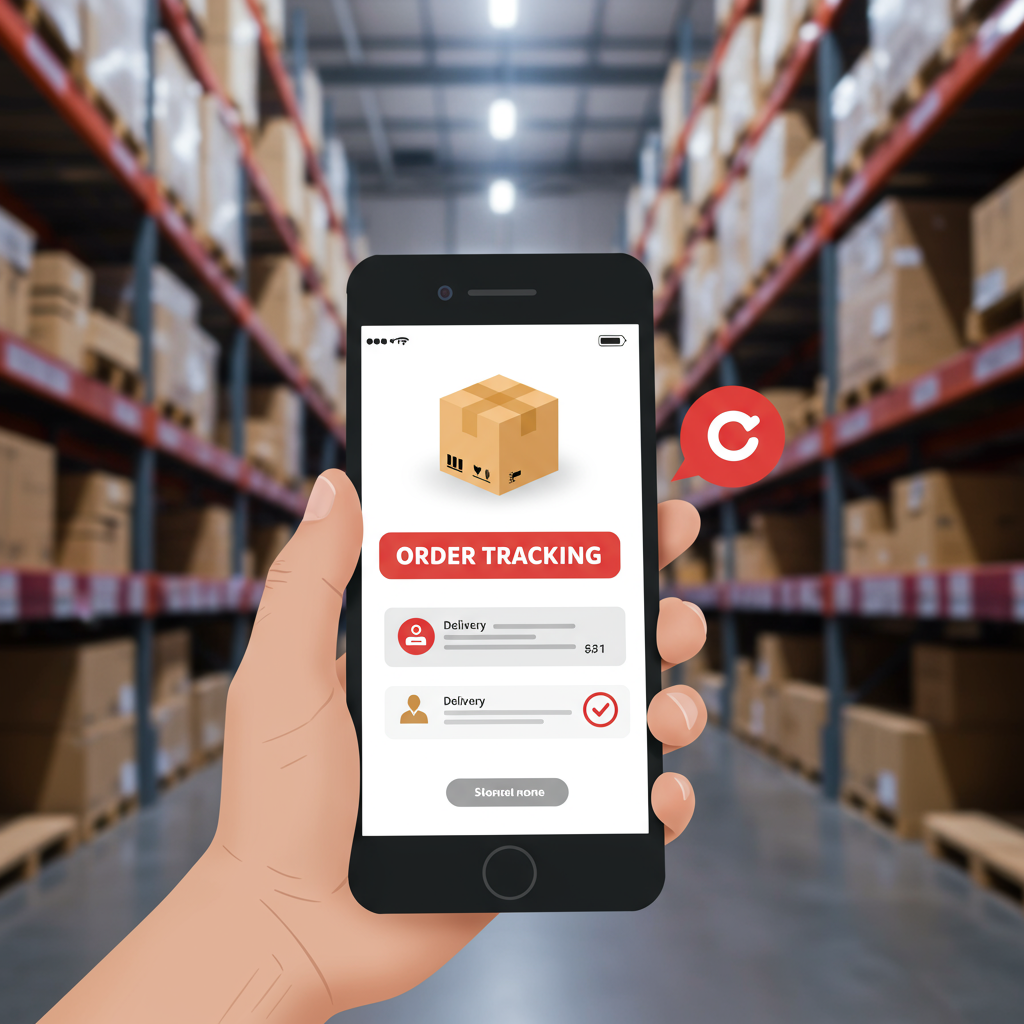Elevate your customer experience and streamline operations with seamless tracking integration.
As a Shopify merchant, I know you’re constantly looking for ways to enhance your customer’s shopping experience and streamline your operations. One area that often gets overlooked, yet holds immense power, is order tracking.
It’s not just about knowing where a package is; it’s about building trust, reducing customer inquiries, and turning a transactional moment into a brand-building opportunity.
Today, I want to walk you through the ins and outs of order tracking integration for your Shopify store. We’ll cover why it’s crucial, what options are available, and how you can implement it effectively.
Think about your own online shopping experiences. Don’t you feel a sense of relief and control when you can easily track your eagerly awaited package? Your customers feel the exact same way.
Providing robust order tracking capabilities significantly boosts customer satisfaction. It reduces anxiety and keeps them informed every step of the way, from dispatch to delivery.
Beyond customer happiness, effective tracking dramatically cuts down on “Where’s my order?” (WISMO) inquiries. This frees up your customer service team to focus on more complex issues, saving you time and money.
A branded tracking page also reinforces your brand identity. Instead of sending customers to a generic carrier website, they remain within an experience that reflects your store’s look and feel.
This consistent branding extends the post-purchase journey, turning what could be a mundane update into another touchpoint for your brand.
So, what are your options for integrating order tracking with Shopify? Let’s start with what Shopify offers natively.
Shopify does provide basic tracking functionality. When you fulfill an order and add a tracking number, customers receive an email with a link to the carrier’s tracking page.
While functional, this native approach has limitations. It often lacks real-time updates, branded elements, and proactive notifications. It’s a bare-bones solution.
For a truly superior post-purchase experience, most merchants turn to third-party order tracking solutions. These apps integrate seamlessly with Shopify and offer a wealth of advanced features.
These solutions typically connect directly with hundreds of global shipping carriers, pulling in real-time data and presenting it in a user-friendly format.
The integration usually happens through Shopify’s API. This allows the tracking app to access order data, fulfillment details, and then push tracking updates back to your store and customers.
When choosing a third-party solution, there are several key features I recommend looking for. First, consider multi-carrier support.
If you use more than one shipping carrier, you’ll want a solution that can track packages from all of them under one unified system. This simplifies things for both you and your customers.
Real-time updates are non-negotiable. Customers expect to see the latest status of their package, not information that’s hours or days old.
A branded tracking page is another must-have. This allows you to customize the tracking experience with your logo, colors, and even marketing messages.
Proactive notification capabilities are incredibly valuable. This means sending automated emails or SMS updates to customers about key events like “In Transit,” “Out for Delivery,” or “Delivered.”
Some advanced solutions even offer notifications for exceptions, such as “Delivery Attempted” or “Delayed,” allowing you to address potential issues before the customer even realizes there’s a problem.
Analytics and reporting are also crucial. Understanding delivery performance, common issues, and customer engagement with tracking pages can provide valuable insights for optimizing your shipping strategy.
Integration with your customer service tools, like a help desk system, can further streamline operations. This allows your support team to quickly access tracking information directly from their usual interface.
So, how do you go about implementing one of these solutions? The process is generally straightforward.
First, research and select an app from the Shopify App Store that aligns with your needs and budget. Many offer free trials, which I highly recommend utilizing.
Once you’ve chosen, install the app. This usually involves a few clicks to grant the app necessary permissions to access your Shopify data.
Next, configure the settings. This includes connecting your shipping carriers, customizing your branded tracking page, and setting up your notification preferences.
You’ll want to decide when and how customers receive updates – perhaps an email when the order ships, another when it’s out for delivery, and a final one upon successful delivery.
Don’t forget to test thoroughly! Place a few test orders, track them, and ensure all notifications are firing correctly and the tracking page looks exactly as you intend.
A crucial best practice is to clearly communicate your tracking process to customers. Let them know they’ll receive a tracking number and where they can find their tracking page.
Set realistic expectations regarding delivery times. While tracking provides transparency, it doesn’t speed up the carrier.
Leverage the data you collect. Are certain carriers consistently experiencing delays? Are there common delivery issues in specific regions? Use this information to refine your shipping partners and policies.
Remember, the post-purchase experience is an extension of your brand. A smooth, transparent tracking process can turn a one-time buyer into a loyal, repeat customer.
It’s an opportunity to delight your customers even after they’ve clicked “purchase,” reinforcing their decision to shop with you.
By investing in a robust order tracking integration, you’re not just providing a service; you’re building trust, reducing operational overhead, and enhancing your brand’s reputation.
It’s a win-win situation for both you and your valued customers.
What are your thoughts on this article? Do you have any specific challenges with order tracking that you’d like to share? I’d love to hear your perspective.






